Derrel
Mr. Rain Cloud
- Joined
- Jul 23, 2009
- Messages
- 48,225
- Reaction score
- 18,941
- Location
- USA
- Website
- www.pbase.com
- Can others edit my Photos
- Photos OK to edit
I've owned a Bronica SQ model or two since the early 1990's. A 75mm Bronica lens is a pretty good lens, and does NOT suffer awfully from diffraction effects when stopped down to f/22. The 120 film and the roughly 6x6 cm square image means that f/22 is nowhere NEAR as bad as the tiny, crop-sensor Canon 20D image shown in the above-linked web article; as was mentioned above by a smart British film shooter, on a large-format camera, like a 4x5 inch film format camera, f/22 is NOT a diffraction-limited f/stop.
Even is you're shooting with a 6x4.5cm rollfilm back, do not worry about shooting at f/22 is you need the DOF.
Diffraction is mostly theoretical on 120 rollfilm, and a 75mm lens used on 120 film _REQUIRES_ that you stop the lens down to f/22 or f/32 for a LOT of scenes, just to get the desired depth of field.
Do not worry about using f/22 on 120 rollfilm; it is vastly more-critical to have sufficient depth of field than it is to worry about theoretically losing a smidgeon of maximum sharpness potential.
Even is you're shooting with a 6x4.5cm rollfilm back, do not worry about shooting at f/22 is you need the DOF.
Diffraction is mostly theoretical on 120 rollfilm, and a 75mm lens used on 120 film _REQUIRES_ that you stop the lens down to f/22 or f/32 for a LOT of scenes, just to get the desired depth of field.
Do not worry about using f/22 on 120 rollfilm; it is vastly more-critical to have sufficient depth of field than it is to worry about theoretically losing a smidgeon of maximum sharpness potential.


![[No title]](/data/xfmg/thumbnail/34/34145-b89ccc67a24004d6d7a9026a7395914b.jpg?1619736318)
![[No title]](/data/xfmg/thumbnail/35/35265-c9ea3efd2c618a57ea136e63ad106880.jpg?1619736970)
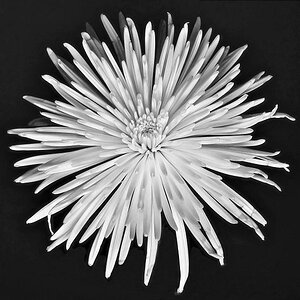
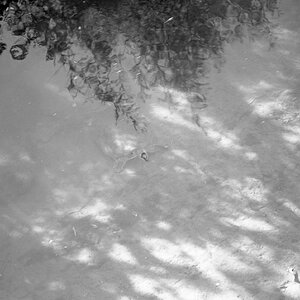
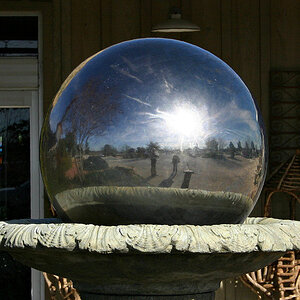
![[No title]](/data/xfmg/thumbnail/33/33906-2f9b24e4b1e1be07f68257916df0f2b3.jpg?1619736208)
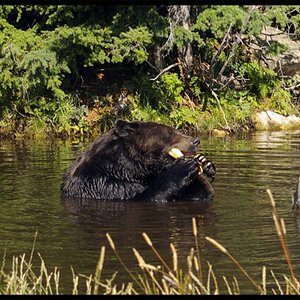
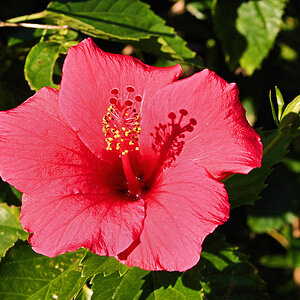
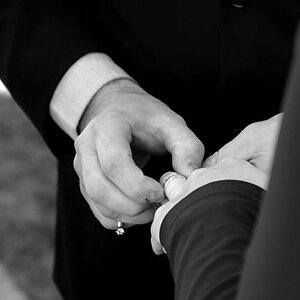
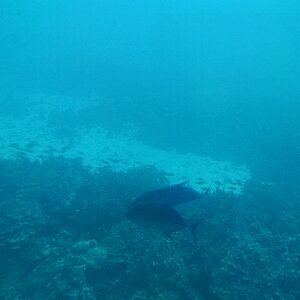
![[No title]](/data/xfmg/thumbnail/42/42272-c0d91b9d0872bcdfbcdfb5bb0529e302.jpg?1619740081)
![[No title]](/data/xfmg/thumbnail/41/41423-156eb6e5a056cd1cbcf60e12a03f9d56.jpg?1619739809)